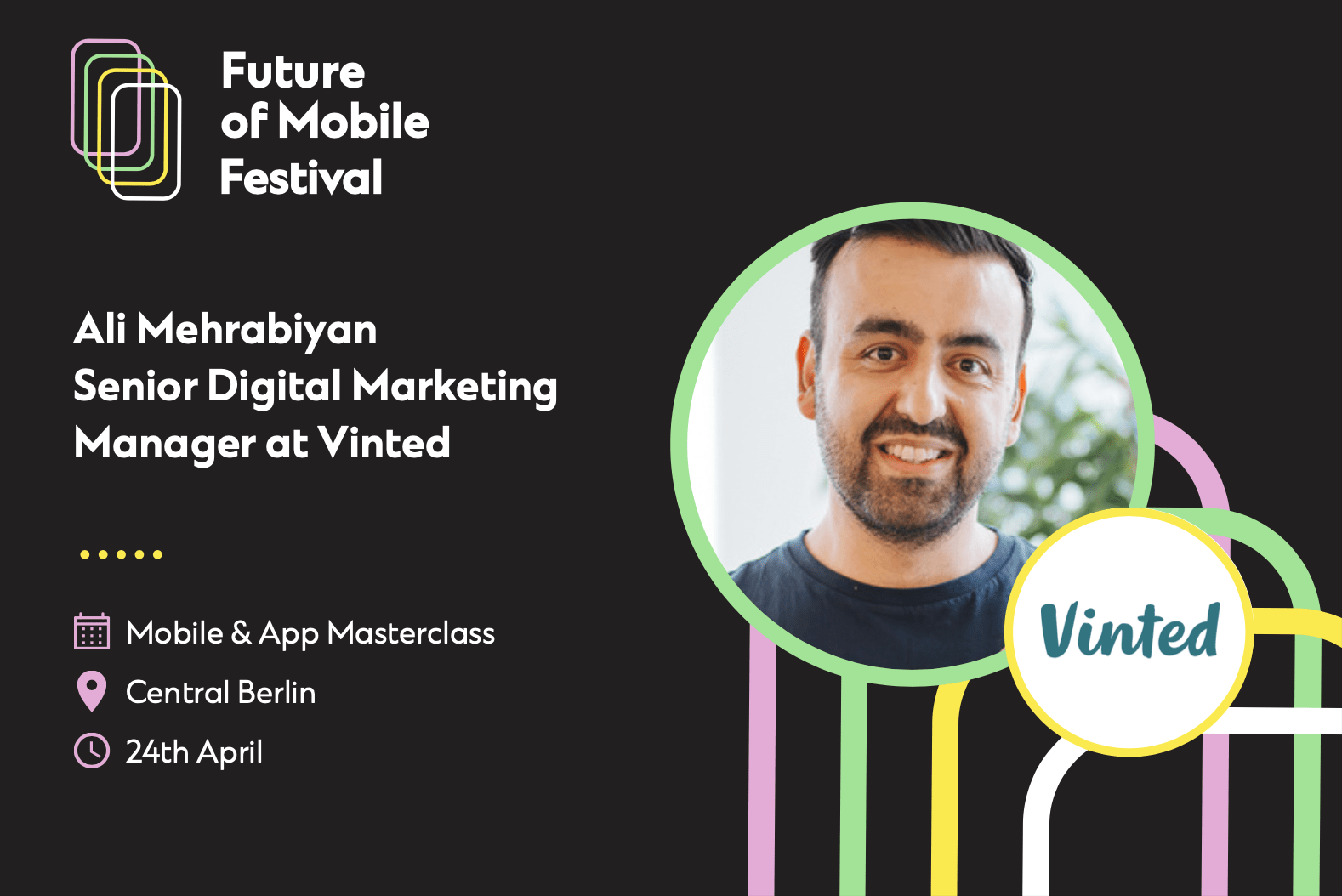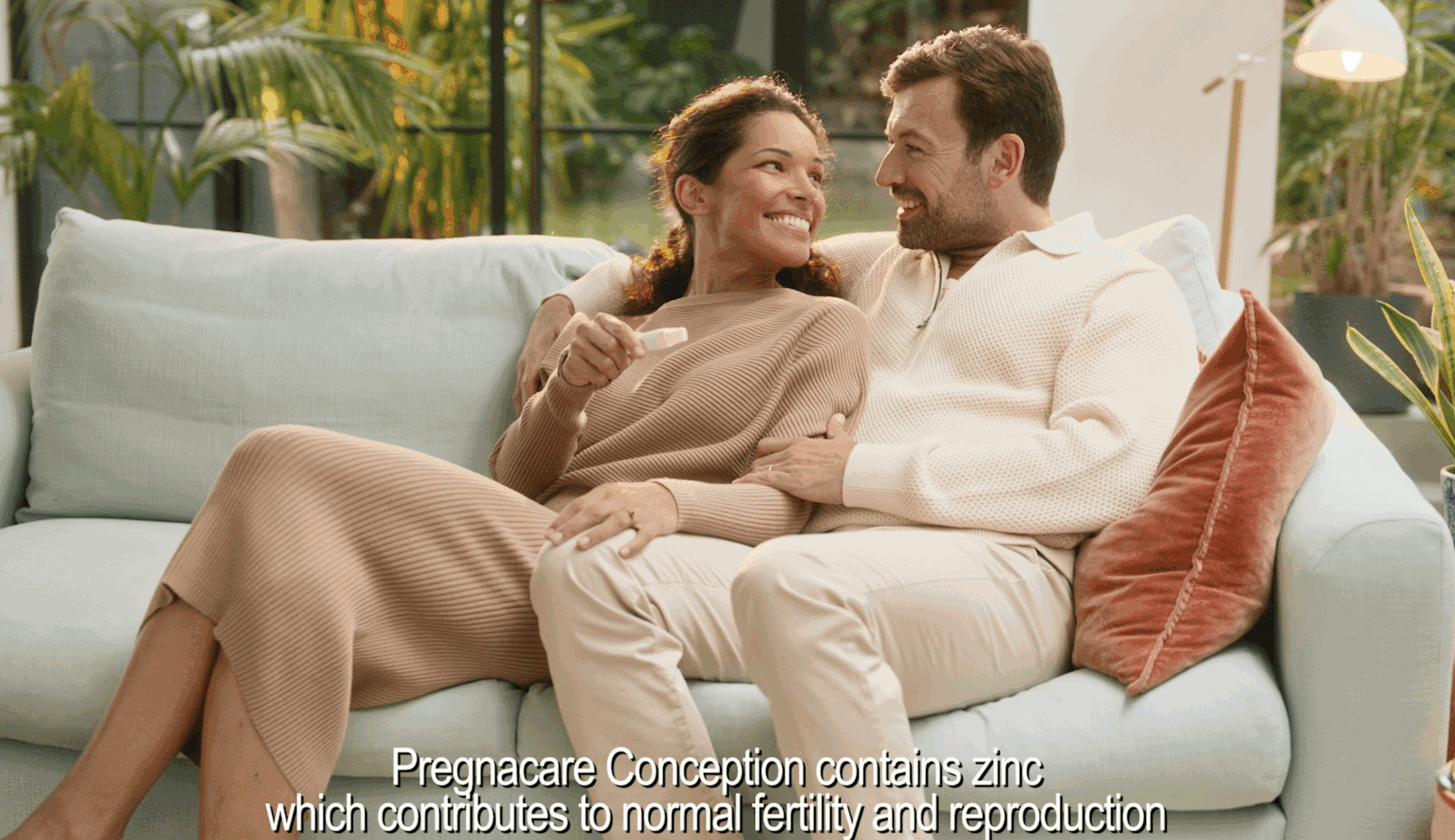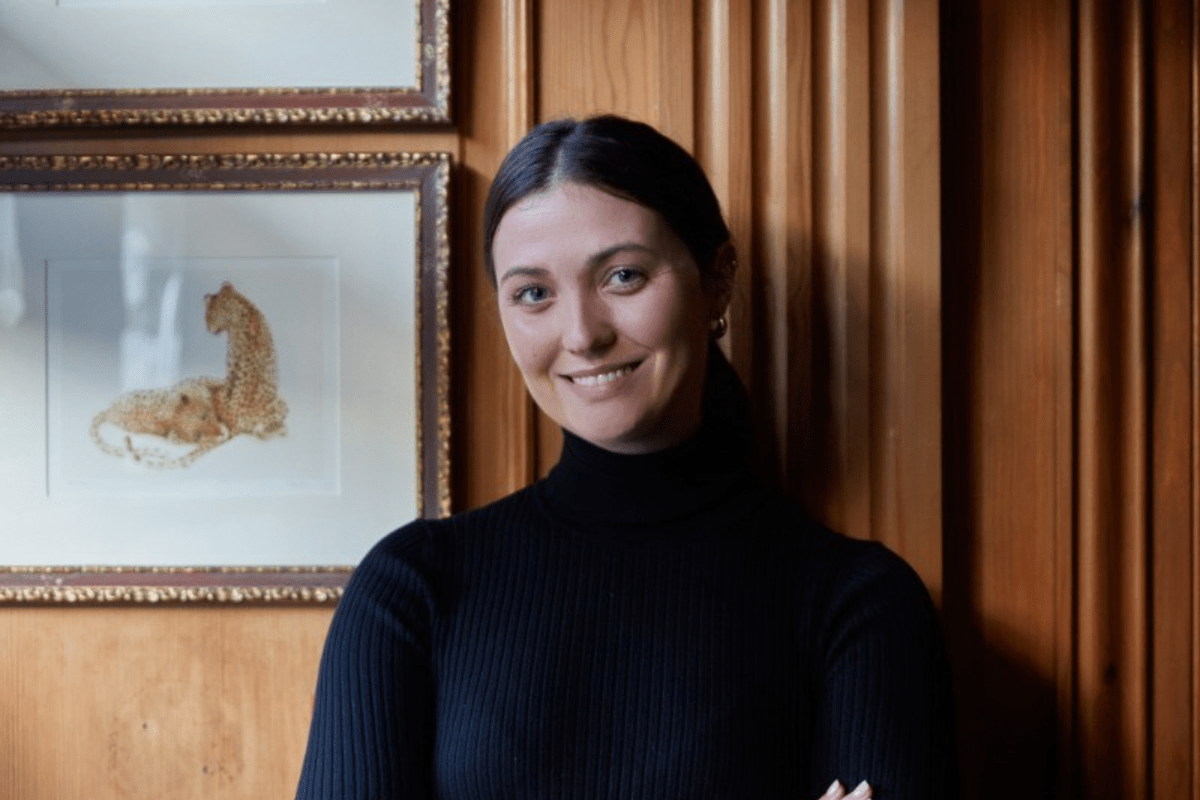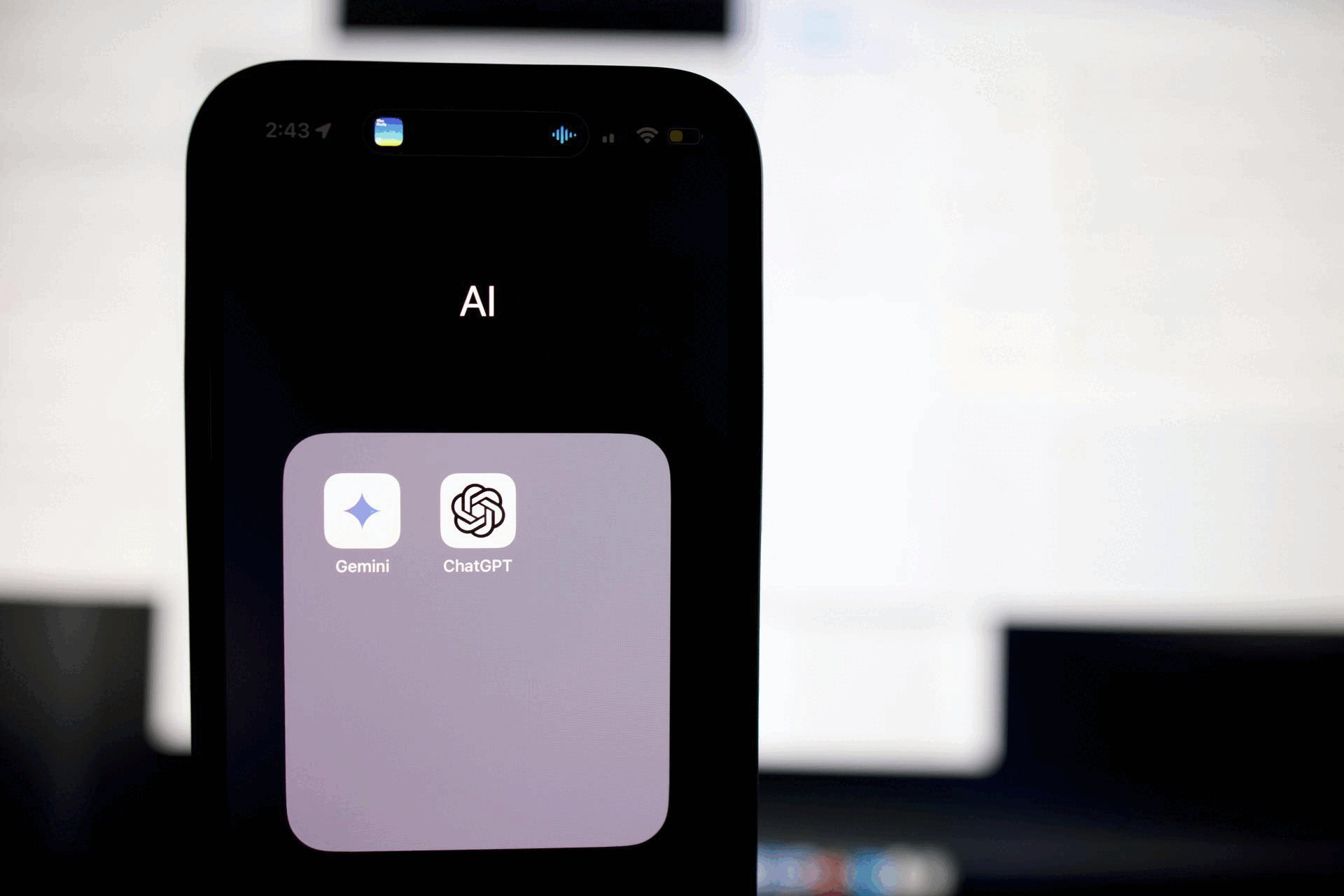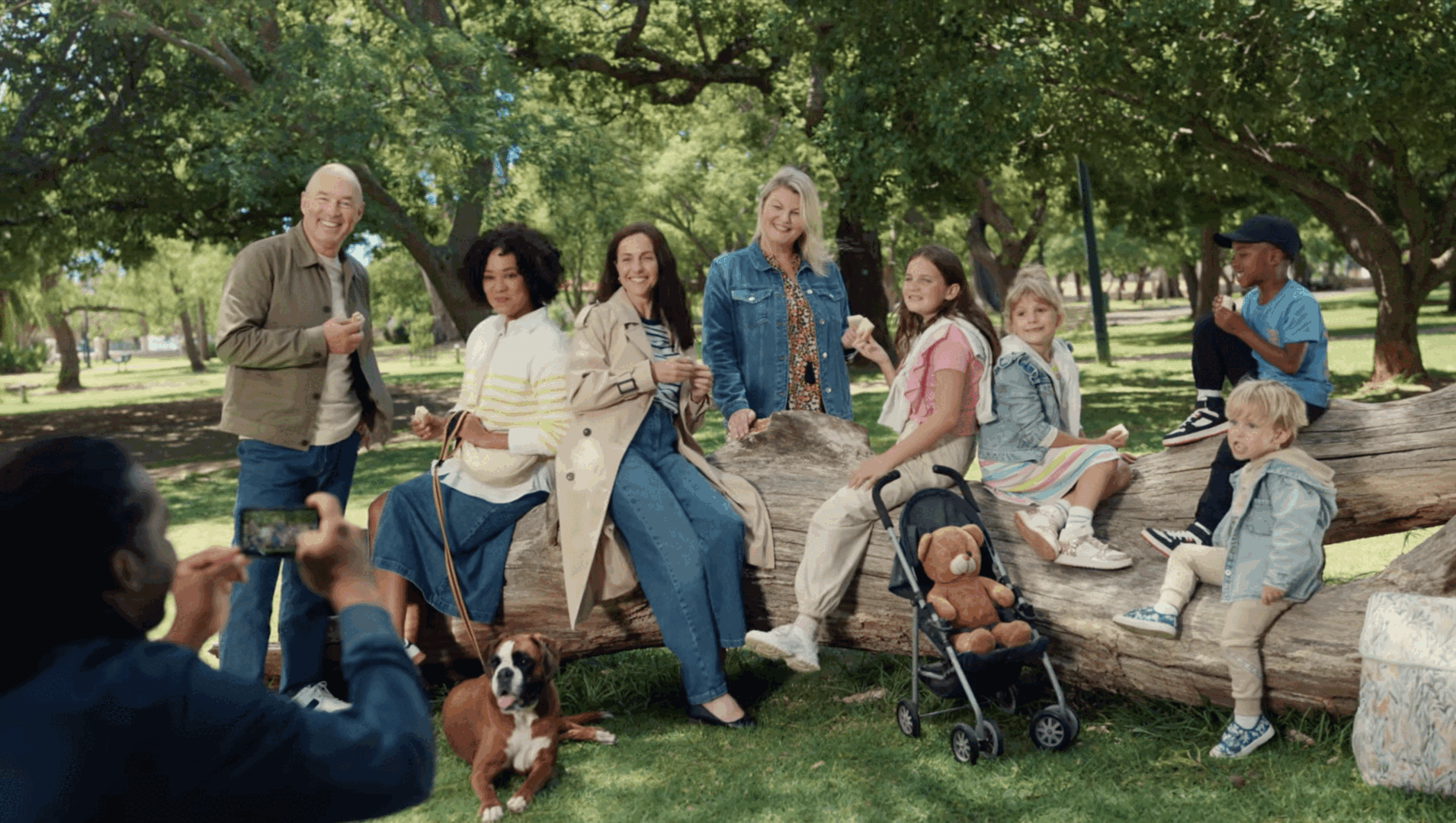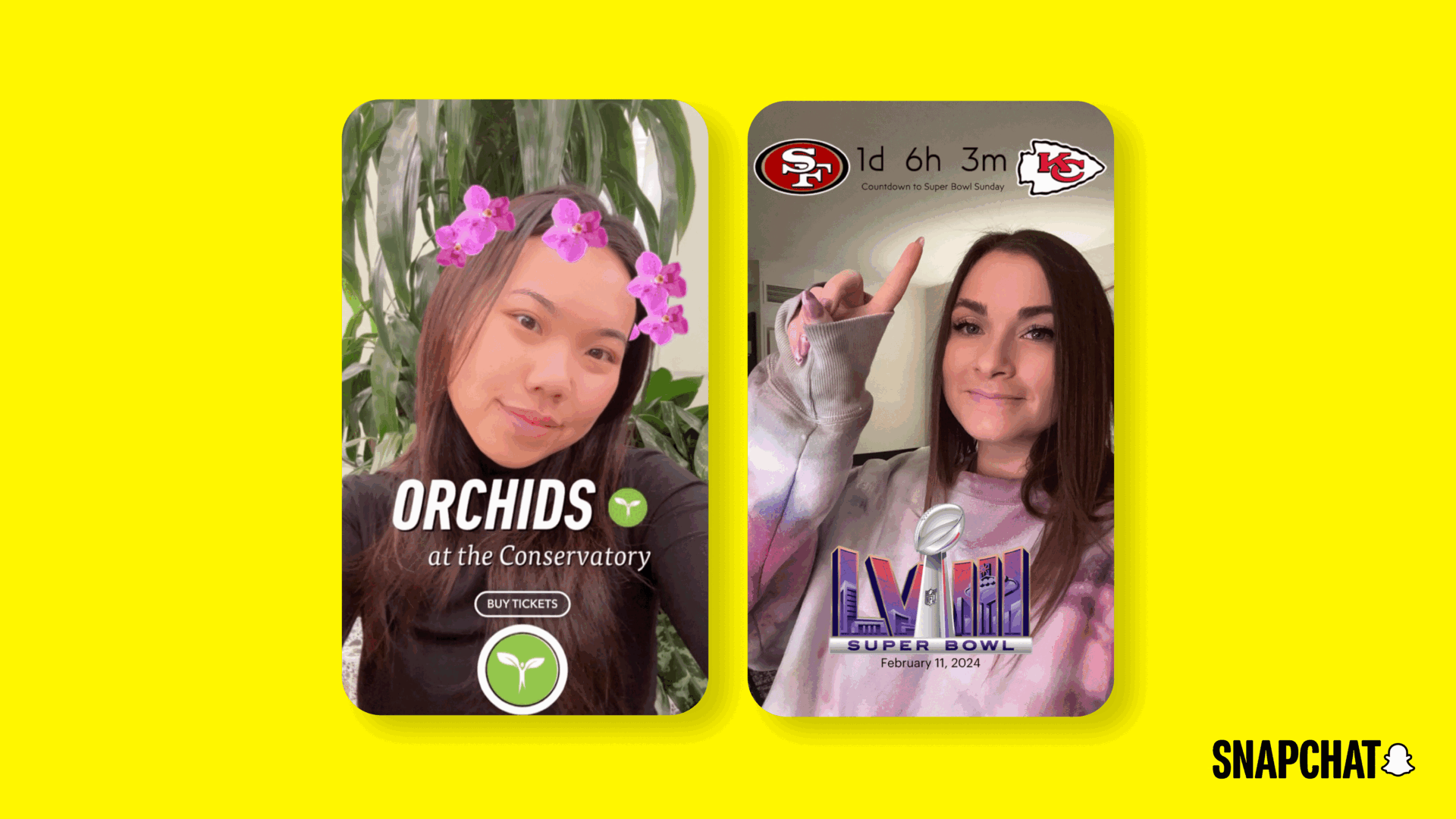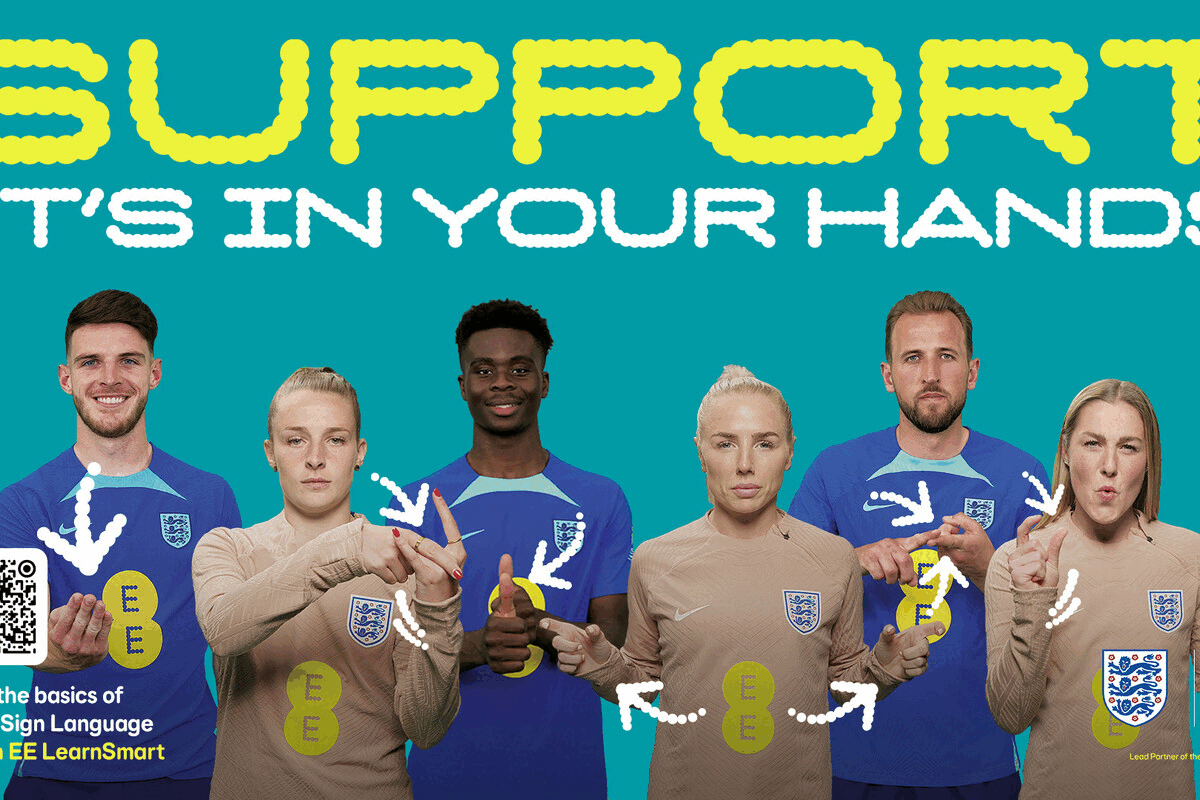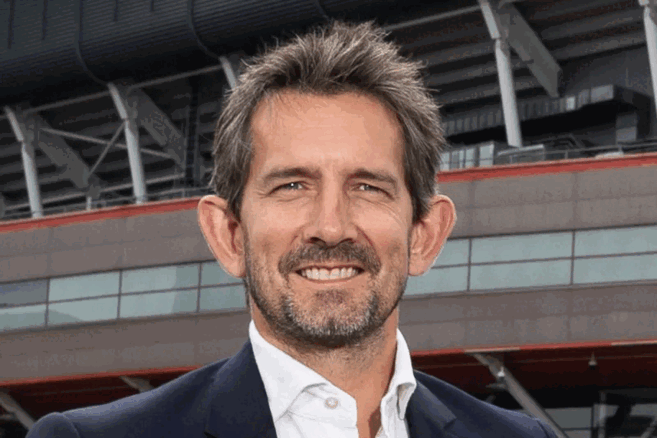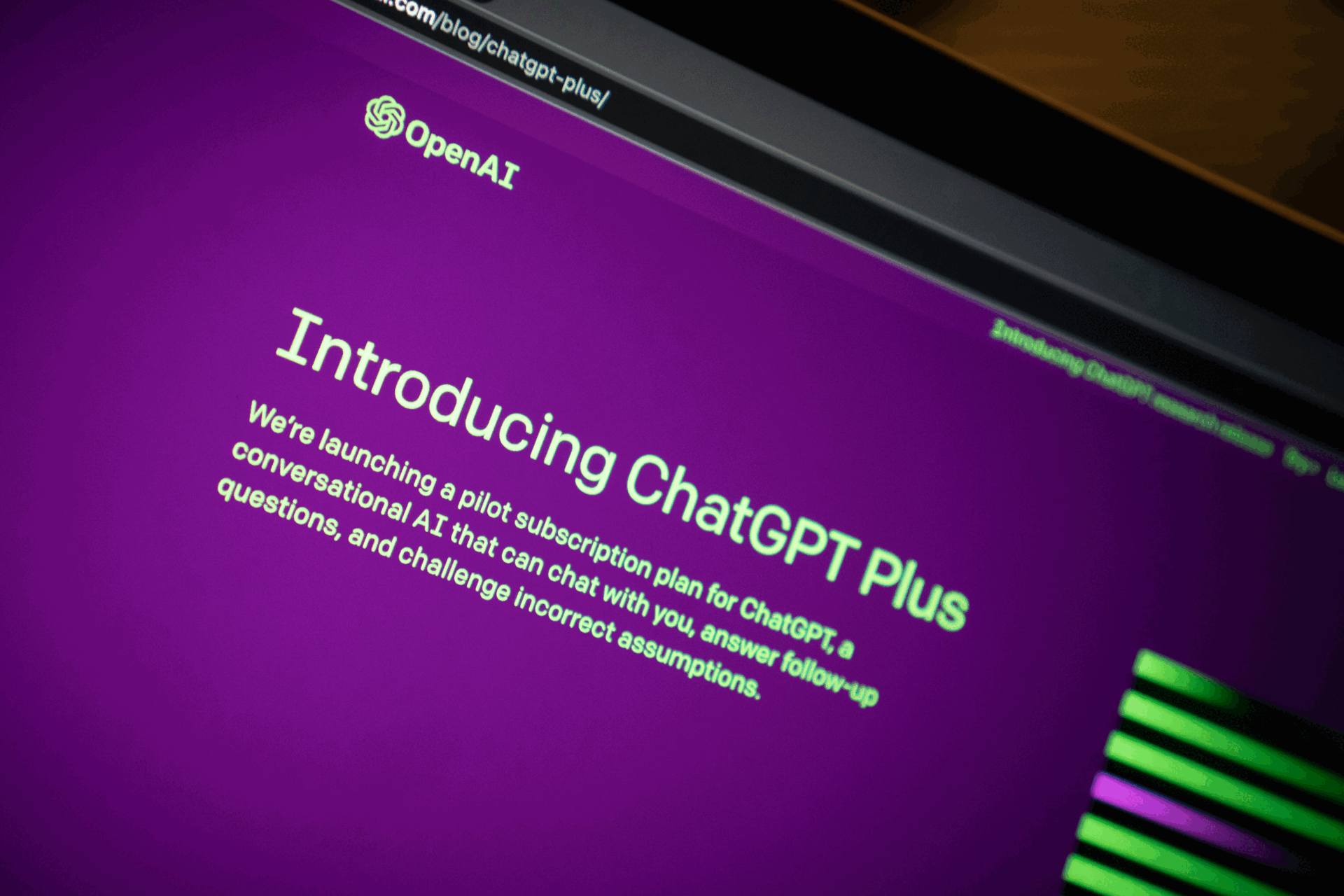Social Media & Influencer Marketing Masterclass – what you missed
- Monday, October 15th, 2018
- Share this article:
Masterclassing’s Social Media & Influencer Marketing event brought together senior management from B2C brands with digital marketing experts to look at how both social and influencer marketing tools and techniques can be used to engage customers across all touchpoints.
The event, as always, followed the format of short presentations from experts leading to in-depth roundtable discussions, ending with a keynote presentation from Diageo’s Fernanda Gurgel.
If you weren’t able to be there, here’s what you missed.
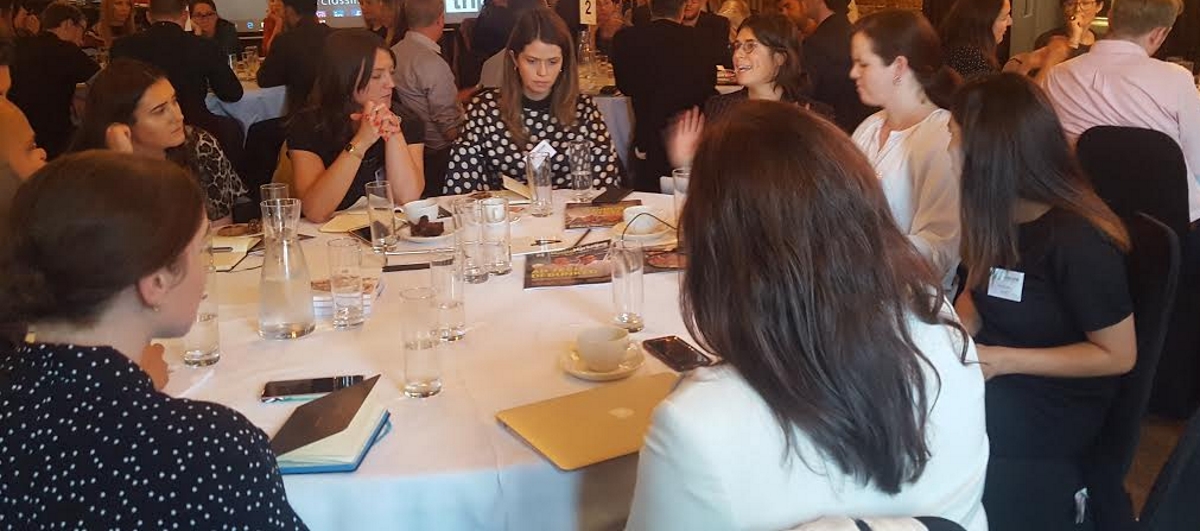 Proceedings got underway with a presentation from Adam Hawkins, sales director at 4C, who looked at how brands can make their audiences actionable.
Proceedings got underway with a presentation from Adam Hawkins, sales director at 4C, who looked at how brands can make their audiences actionable.
He discussed at how many advertisers are now running more integrated media campaigns with video being the driving change in much of the content being delivered.
“We’re seeing when people start to use video, and add that driving change, it means they can invest money in one asset and that asset can be used across multiple channels,” said Hawkins.
Although, he highlighted that operating across multiple channels is a challenge due to different measurement having to be used across each of the channels.
Alice Jones, business development manager at Social Circle took us on a journey through the last nine years of influencer marketing, starting with the emergence of Zoella in 2009 right up to the present day where influencer marketing is used to promote just about anything.
She reminded the brand representatives in attendance that they “buy an audience not an influencer” and to “remember that just because you think an influencer is perfect for your brands, the backend of the audience and the demographics might not reflect that”.
Furthermore, she pointed out that the importance of getting the creative right when it comes to influencer campaigns because audiences “are more than happy to be advertised to via influencers” as long as the message is authentic.
The event rolled on with Gurpreet Dhesi, enterprise business development manager at iAdvize, looking at how brands need to realise that consumers use emotions, conversations, and experience to decide what they pay attention to. As such, authenticity is key.
“The market now is about being more consumer-centric and customer-focused… The key is to make the customer experience authentic,” said Dhesi. “We can introduce a number of technologies, we can introduce a number of automated tools, but the key driver is to make that customer experience authentic.”
Dan Almond, digital consultant at Stackla, highlighted how we’re in an ‘era of visual content’ powered by smartphones and social networks which have changed how we shop, communicate, and experience the world. But this shift has created challenges.
“As the number of devices, platforms, and networks continues to proliferate, so too does the noise that brands need to cut through in order to remain effective and in order to actually reach their target consumers,” said Almond.
In order to cut through the noise, Almond agreed that influencer marketing can be an effective way of solving the challenge. However, he suggested that other challenges, such as the volume of content and the authenticity of content, can only really be solved through consumer-generated content – while it still solves the challenge of cutting through the noise.
“Your customers really are your best marketers. And, when we’re able to efficiently leverage all the content that they produce and then marry it with the broader awareness that influencers can provide, the results are going to be really spectacular,” said Almond.

The presentations prior to the roundtables were rounded off by Dan Best, VP EMEA at IndaHash, who addressed some of the myths surrounding influencer marketing. Myths he looked at included the belief in some quarters that influencer marketing could be effective for all brands, the belief that it’s not truly measurable, and the belief it’s not truly authentic, among others.
He suggested that brands should ask themselves if a task stated within a brief is something they would be willing to do themselves and figure out if that brief is right for their brand, the influencer, and the platform.
Best said: “If you’re giving an influencer a really poor-quality brief and you’re expecting them to do things that are way off track from what they’re used to doing, unsurprisingly, the quality that comes out isn’t going to quite look right.”
The event ended with a keynote presentation from Fernanda Gurgel, global social media intelligence lead at Diageo. Gurgel shared how Diageo has been unlocking the true value of influencers by using social media intelligence.
“The right influencer partnerships can be valuable partners for brands, capable of building genuine connections in culture, amplifying reach and engagement rates,” she said. “However, most of the influencer marketplace evaluation counts on metrics such as new followers, engagement rates, cost per engagement. If your brand partners with influencers to drive authentic connections, then top level metrics alone won’t cut it.”
Social listening plays a critical role to find the perfect influencer match and assures that your brand is engaging in a positive and valuable relationship, according to Gurgel. The most important step is knowing what you want to achieve by partnering with influencers.
An example of this is Diageo’s JW My Edition campaign, where it introduced a premium personalised bottle just ahead of Father’s Day. It wanted influencers to spread the word about the limited gift and also link consumers to purchase online. This meant success could be measured both in terms of the conversations generated and the sales they drove.




